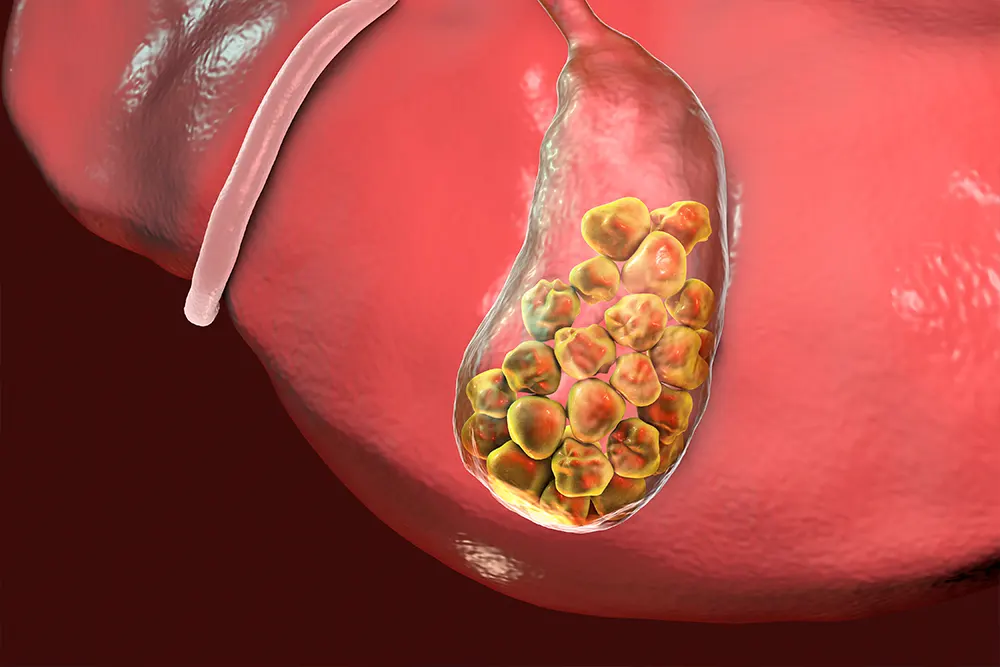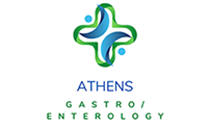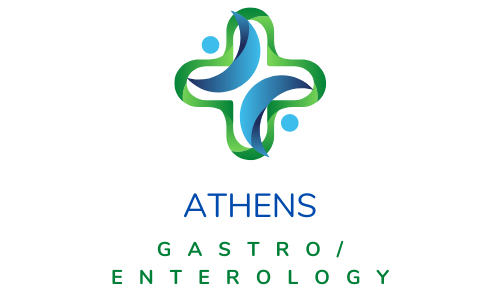Gallstones and pancreatic disease
Gallstones and pancreatic disease
The gallbladder, a 3-6 inch saclike organ located under the liver, stores and concentrates bile. Bile is a substance made by the liver among other functions it is also necessary to absorb fats we eat as well as various fat-soluble vitamins. The gallbladder stores bile and then contracts and squirts it out when we eat fatty foods. Gallstones are solid concentrations, more commonly made of cholesterol, that form in the gallbladder.
More than a million people are diagnosed with gallstones every year, in US, however, many people do not have any symptoms from these stones. When the gallbladder contracts, these stones can cause an obstruction of the gallbladder outlet resulting in upper abdominal pain which typically but not necessarily follows fatty meals. The pain attack does cease with time. When a gallstone blocks the gallbladder outlet completely it can lead to gallbladder inflammation or cholecystitis. The gallstone can also block the duct draining the gallbladder leading to cholangitis (inflammation and infection of the bile ducts) as well as blockage of the duct draining pancreatic enzymes resulting in the inflammation of the pancreas, or pancreatitis. Pancreatitis can cause fevers, severe abdominal pain and nausea. The onset of complications from gallstones typically results in resection of the gallbladder once things have calmed down. While the gastroenterologist cannot remove your gallbladder, we work with patients to diagnose the disease, mitigate gallstone risk factors, treat them with medications to dissolve stones if surgery isn’t an option, and educate about the prevention and management of pancreatitis both in the hospital and at home.


